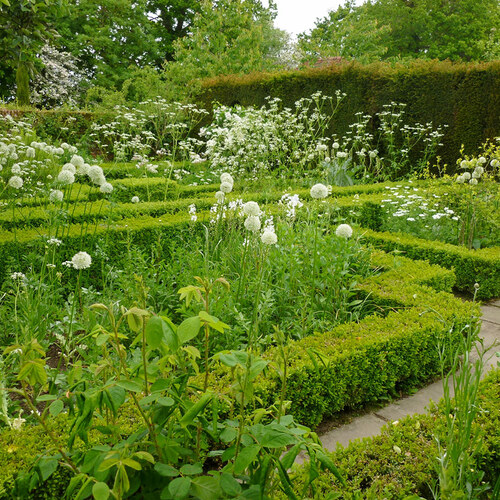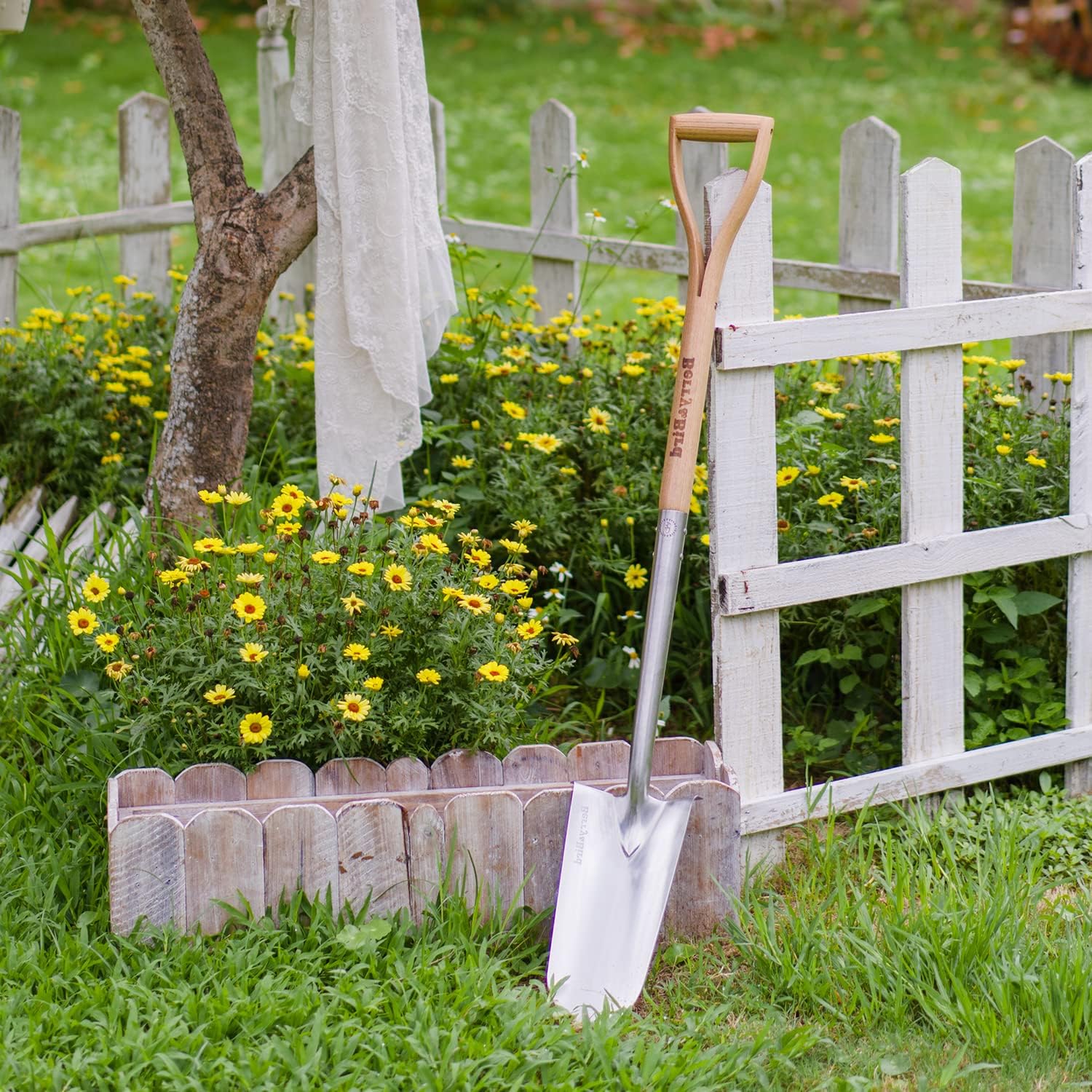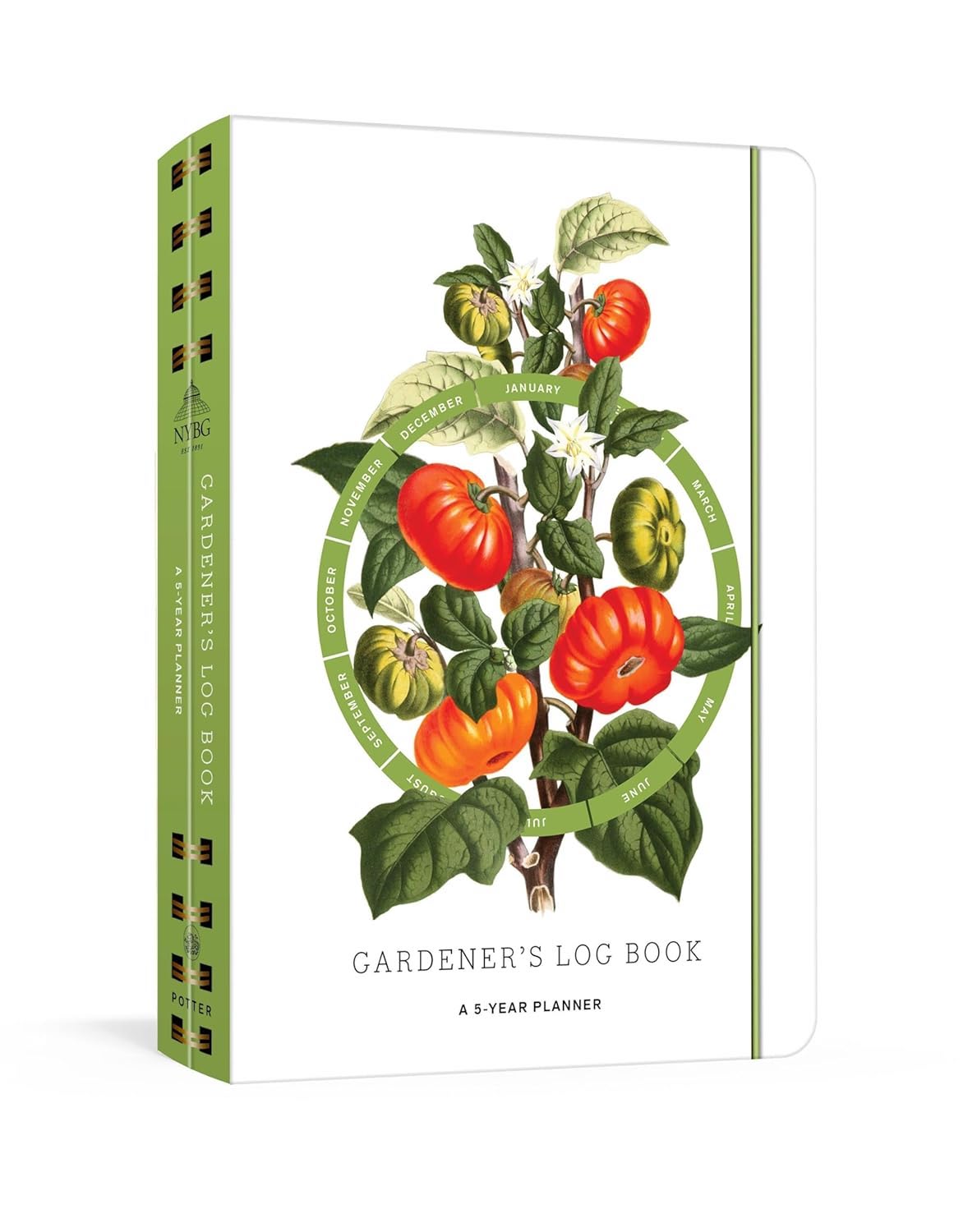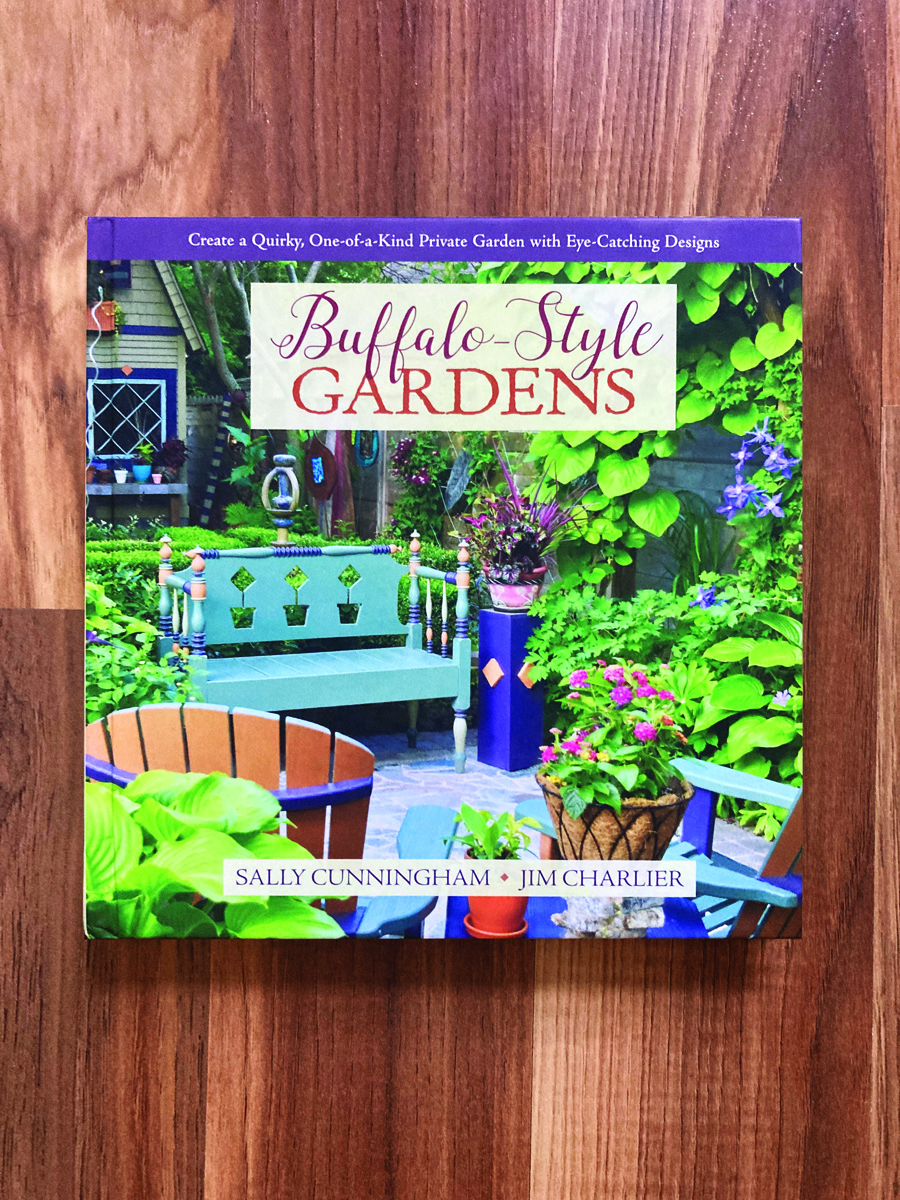
Happy Friday GPODers!
We’re venturing across the pond today with Cindy Strickland. Cindy is currently based in Chicago, and in the past she has sent in photos of her previous garden in North Carolina (Inspiration from Cindy in North Carolina, Dry Beauty in the Garden), as well as a garden she helped a friend with (Gardening for a Friend), and of other gardens she has visited in her international travels (Sydney, Australia, and Smallhythe Place).
Today we get a sensational selection of photos from a trip she took to Sissinghurst Castle Garden last year. The garden is located near Cranbrook, Kent, UK, and like many historic landmarks in England, the site has served many purposes and lived several lives before becoming the garden that it is today. It would be far too long to get into here, but it is absolutely worth reading more about on the National Trust’s website: The History of Sissinghurst Castle Garden
If you find these images inspiring (and who wouldn’t?), Fine Gardening will be hosting a UK garden tour to a similar area in England during late May of 2025. Secure your spot before Jan. 1st to get $300 off, so be sure to find out more info here, if you’re interested!
Hello wondering if you would like to use any of these photos taken at Sissinghurst Castle Garden in late May of 2023. The photos I am sharing are mainly plants from The White Garden.
 A wide view of The White Garden. Some of the cow parsley (Anthriscus sylvestris, Zones 6–9) is visible as well as the centaurea and silvery lambs’ ear (Stachys byzantina and cvs., Zones 4–8).
A wide view of The White Garden. Some of the cow parsley (Anthriscus sylvestris, Zones 6–9) is visible as well as the centaurea and silvery lambs’ ear (Stachys byzantina and cvs., Zones 4–8).
 View of low hedges with drifts of white allium (Allium stipitatum ‘White Giant’, Zones 4–8).
View of low hedges with drifts of white allium (Allium stipitatum ‘White Giant’, Zones 4–8).
 A close-up of Anthriscus sylvestris. When chatting with people who live nearby, they mentioned that (although the cow parsley was new to me) – beautiful and ubiquitous at the time, it would die down completely in a short while. In the US it is known as wild chervil in some areas and is considered an invasive plant.
A close-up of Anthriscus sylvestris. When chatting with people who live nearby, they mentioned that (although the cow parsley was new to me) – beautiful and ubiquitous at the time, it would die down completely in a short while. In the US it is known as wild chervil in some areas and is considered an invasive plant.
 Eastern shooting star (Primula meadia, Zones 4–8) – I knew this plant as a purple or pink spring native; had not seen a white flowering variety.
Eastern shooting star (Primula meadia, Zones 4–8) – I knew this plant as a purple or pink spring native; had not seen a white flowering variety.
 Firework starthistle (Centaurea lugdunensis, Zones 3–8) – this bright white flower with purple caught my eye because most of the centaurea I have seen in the United States have been purple or blue.
Firework starthistle (Centaurea lugdunensis, Zones 3–8) – this bright white flower with purple caught my eye because most of the centaurea I have seen in the United States have been purple or blue.
 Scottish rose (Rosa spinosissima, Zones 3–9). These plants were tucked into the white garden. My visit to the garden was a bit too early in the season to see very many roses in bloom, so I am glad I got to see some of these in the white garden.
Scottish rose (Rosa spinosissima, Zones 3–9). These plants were tucked into the white garden. My visit to the garden was a bit too early in the season to see very many roses in bloom, so I am glad I got to see some of these in the white garden.
 Honeywort (Cerinthe major, Zones 7–10) and variegated purple milk thistle (Galactites tomentosa, annual). This lovely notable purple, green, and white plant combination was in one of the other garden areas at Sissinghurst.
Honeywort (Cerinthe major, Zones 7–10) and variegated purple milk thistle (Galactites tomentosa, annual). This lovely notable purple, green, and white plant combination was in one of the other garden areas at Sissinghurst.
 Finally, this meadow area looked so lush, inviting, and peaceful.
Finally, this meadow area looked so lush, inviting, and peaceful.
Thank you so much for sharing a taste of this garden steeped in history, Cindy! You beautifully captured both the garden spaces as a whole, and each individual plant. I actually lived in London for a year after college, and this post really brought back some memories. I might have to go digging through my archives to find the photos I took of public gardens I visited while there.
If you’ve visited a particularly lush garden recently, we’d love to hear about it. Follow the directions below to submit your photos via email, or send me a DM on Instagram: @agirlherdogandtheroad. Have a lovely weekend everyone!
Have a garden you’d like to share?
Have photos to share? We’d love to see your garden, a particular collection of plants you love, or a wonderful garden you had the chance to visit!
To submit, send 5-10 photos to [email protected] along with some information about the plants in the pictures and where you took the photos. We’d love to hear where you are located, how long you’ve been gardening, successes you are proud of, failures you learned from, hopes for the future, favorite plants, or funny stories from your garden.
Have a mobile phone? Tag your photos on Facebook, Instagram or Twitter with #FineGardening!
Do you receive the GPOD by email yet? Sign up here.
Fine Gardening Recommended Products

Berry & Bird Rabbiting Spade, Trenching Shovel
Fine Gardening receives a commission for items purchased through links on this site, including Amazon Associates and other affiliate advertising programs.
Ideal Tool for All Gardeners Use: Our heavy duty trenching shovel is designed by a professional gardening tool designer. Lifetime Durability: This heavy duty drain spade is made of high-quality stainless steel, it is very strong and durable, even if it is used for high-strength work, it will not bend. Ergonomic Wood Handle: The handle of this planting spade is made of ash hardwood harvested from FSC-certified forests and has an ergonomically streamlined design, making it very suitable for everyone’s hands. Multi-Use: This digging shovel is generally used for digging trenches, digging holes, transplanting, edging, moving compost, cutting thick turf and furrowing. The sharp blade allows you to cut, scoop, dig, lift and dice in hard soil.

Gardener’s Log Book from NYBG
Fine Gardening receives a commission for items purchased through links on this site, including Amazon Associates and other affiliate advertising programs.
This weatherproof five-year log book includes the following features:
· Sturdy waterproof cover to protect pages from rain and muddy soil
· Lined pages and gridded paper for plotting beds
· Five years of 12-month bloom and harvest grids for recording what you planted and when
· Authoritative appendices on composting, pruning, pest and disease control, and container gardening
· Useful reminders by season on fertilizing, mulching, and transplanting
· Space for listing your favorite sources and suppliers.

Buffalo-Style Gardens: Create a Quirky, One-of-a-Kind Private Garden with Eye-Catching Designs
Fine Gardening receives a commission for items purchased through links on this site, including Amazon Associates and other affiliate advertising programs.
Buffalo-Style Gardens is a one-of-a-kind, offbeat garden design book that showcases the wildly inventive gardens and gardeners of Buffalo – and offers readers “the best of the best” ideas to use in their own small-space gardens.








